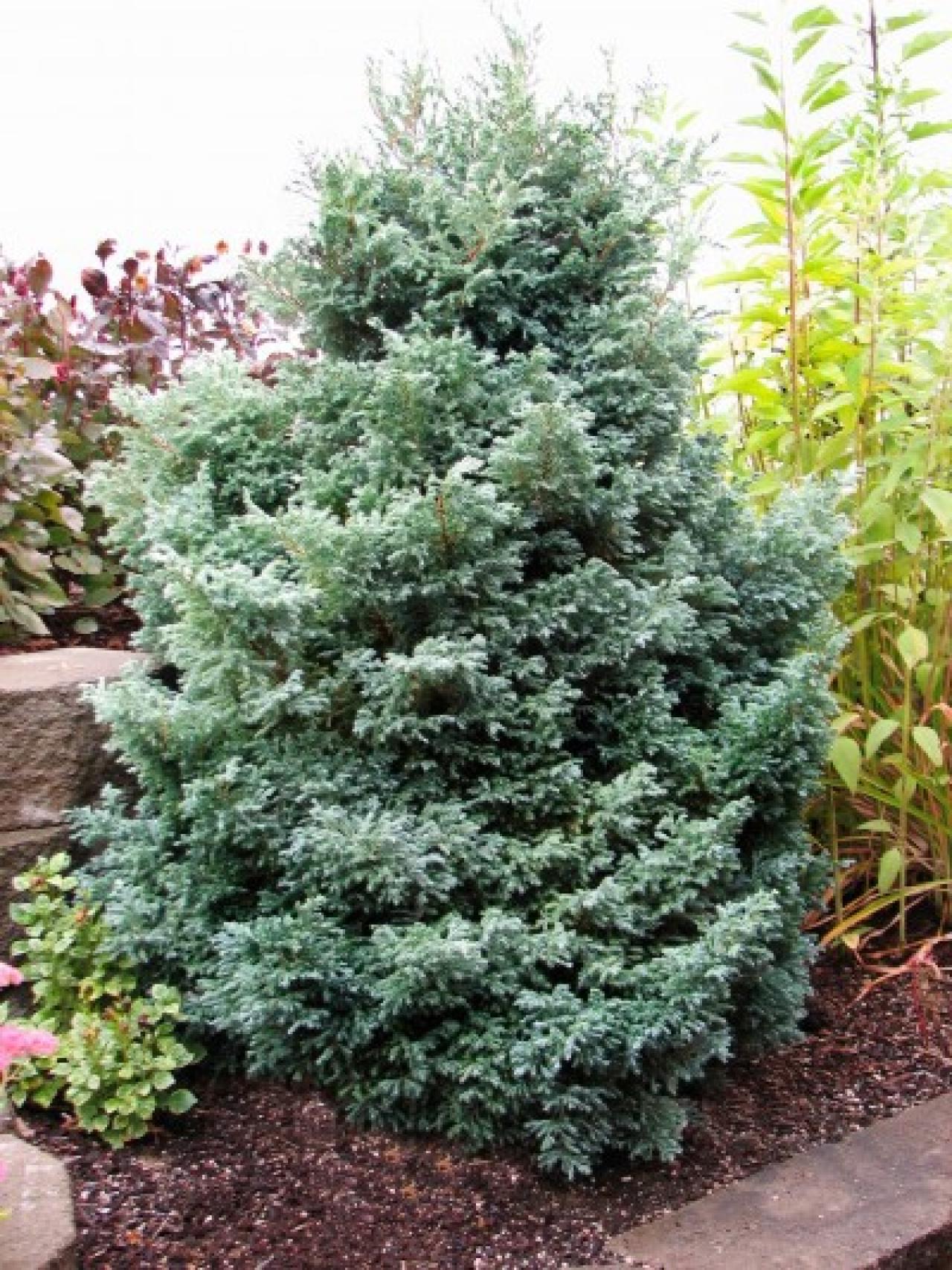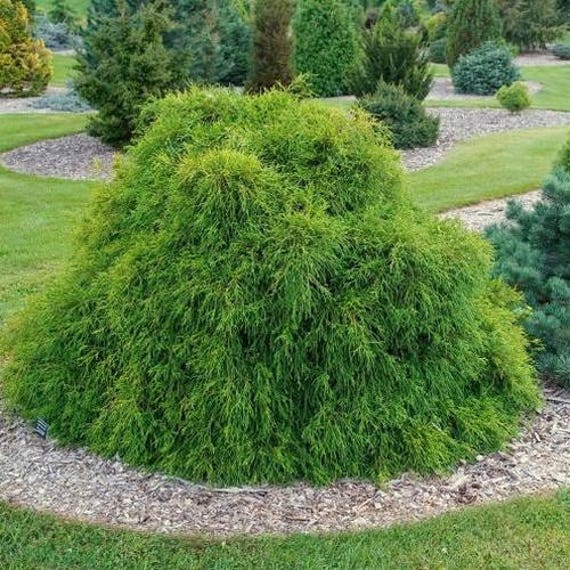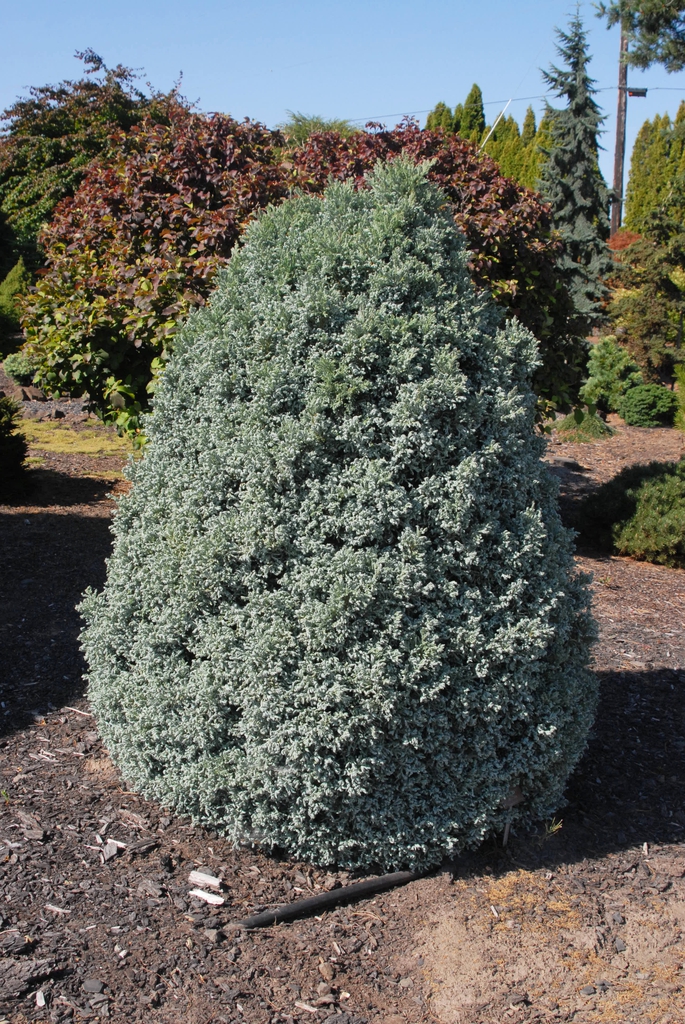Before I tell you how to care for false cypress, whether you’re looking for a dense hedge or a low-maintenance plant that grows on its own, false cypress is what you need. Mostly People are familiar with this tree or shrub because they have seen them growing in a variety of gardens and landscapes, or they may be wondering why it is called a mops in gold mops. There are various small- to medium-sized bushes, but Japanese false cypress is the most well-known. Here is all the knowledge you require to develop these stunning plants.
What is False Cypress?
These shrub trees with gold to yellow leaf are called Chamaecyparis pisifera, or “mop like cypress cultivators.” Species like dwarf mop cypress grow to a height of 5 feet or less. Although it grows more slowly, the patience is worthwhile. Squarrosa variants have higher growth and can reach heights of up to 20 feet. They have stunning silver blue foliage.
As you keep looking at this picture, you may realize that one of the advantages of growing this false cypress tree or shrub in gardens or landscapes is that it adds vibrant color to the area while creating evergreen hedges and borders. When its bushy foliage grows, it also somewhat resembles a mountain top covered in vibrant leaves.
Some are used as bonsai for small or zen gardens, or you may know them as rock gardens; each plant has been clipped to create a lovely shape. Rock gardens are built using little sand and rocks. Cypress bushes of the pompom and topiary forms are employed as specimen shrubs, whilst Squarrosa shrubs are used to cover the area for privacy-related reasons. The only problem is that it grows slowly, but since golden mop is a perennial tree, it continues to grow for many years, so with the least amount of maintenance, it’s preferable to have one of those lovely shrubs.
Growing A False Cypress Tree
Winter burn is a problem that occurs when plants release water during photosynthesis but that water then evaporates off the needles and leaves, causing still further water loss that prevents the water from sinking. Since the base is already frozen, there may be a greater water scarcity, which could cause plants to die, but so yet, just some foliage has been lost.
Pruning can repair this damage in the spring of 2019. To keep false cypress healthy and developing, make sure you remove every dead branch and leaf you come across.
It requires relatively little upkeep, and deer or rabbits rarely cause it any trouble. They can grow in a variety of soils, but typically you need a ph value of 6.5-7 to grow them. You must deeply water them so that every part of the root receives water if you want the roots to grow properly. The False Cypress may adapt to hot and dry conditions as it matures. During the growing season, slow release fertilizers may be a wise choice for them.
Complete the sentence
If you read all the issues I addressed on “False Cypress Care,” I hope you’ll find the solution. If you’re interested in reading additional blogs, please see the list of links below.
How to Grow, Prune, and Take Care of a Gold Mop Cypress [Step By Step]



